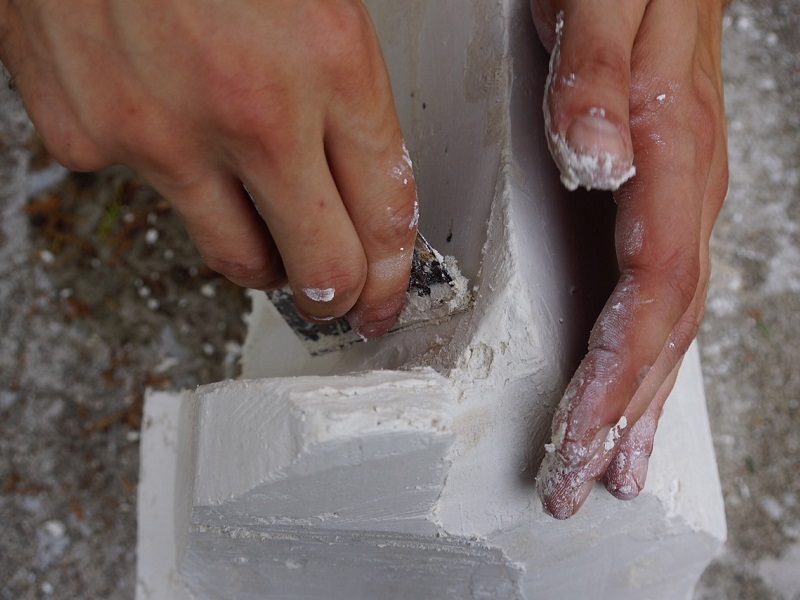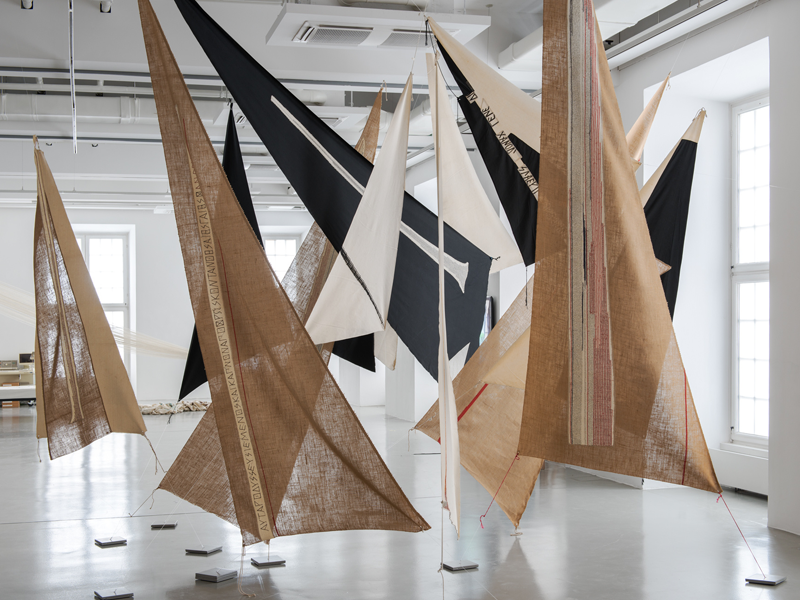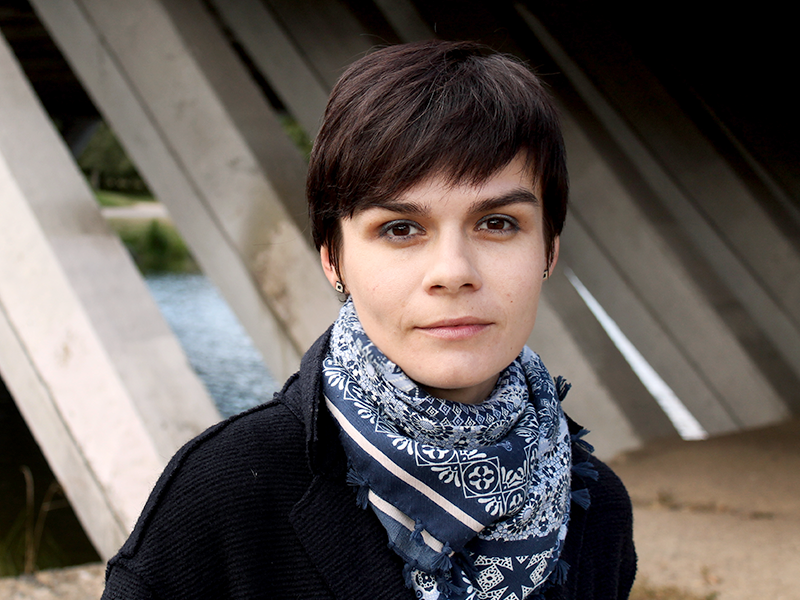
Case study: education is the strongest tool for cultural heritage preservation
History
Beautifully nestled against the protective mountains of Lesser Caucasus and the Black Sea Effendi Villa, a cultural heritage site, was once the setting for prestigious receptions and meetings on international diplomacy. Later the house changed a few types of occupancy – a public school, military facilities, warehouse and a summer camp – before it was abandoned for a couple of decades. The NGO is planning the renewal of Effendi Villa as an accessible public space for cultural and educational activities, through the process of preservation and rehabilitation.
Education as the strongest tool
Preservation is not possible without education. It is our strongest tool. We need to understand what we are preserving and the benefits of preservation before we can be advocates. We provide educational events and opportunities throughout the year in order to foster a greater understanding of European and Georgian cultural legacy and the need to preserve it.
Our mission is to empower people to recognize the significance of historic resources, to preserve them for future generations, and to integrate them into everyday life through redevelopment, lifelong learning, and community conversations. We offer a variety of programmes including learn-by-doing workshops, lectures, heritage tours, community events, social meets ups, and volunteer opportunities from interested amateurs to working professionals.
Art is a way to find allies
One more lesson would be the importance of reaching out and finding allies, perhaps even nontraditional allies. Social Impact Hub “Effendi Villa” arranged a 3-week art residency for emerging young artists from France and Canada, who explored the relationship between the practice of contemporary art and the idea of site-specific context.
By the end of this Art Residency, the artists presented their individual and collective artworks to the local communities during the exhibition dedicated to the celebration of European Heritage Days 2017.
Not surprisingly, such artistic interventions into a cultural heritage site are proven to be effective at managing change. By working with this tool we can educate our local community on art and culture and reinforce the growing recognition of the role historic monuments play in a healthy city.
Working with stereotypes
Social Impact Hub “Effendi Villa” is striving for drawing attention to the cultural and historical significance of Adjara. One of the things that we find extremely helpful is to get people out to the sites, give them a tour, explain the events that happened there to let them come away with a better understanding of how important these sites are, having walked the grounds. So the more often we can get people out there—whether it’s elected officials, representatives of developers, members of the media—the better. The biggest challenge for our NGO is the opportunity to educate people about a resource that they knew little about even though it was right down the road in the neighbourhood.
Identifying a community asset such as Effendi Villa has been hugely important to help residents, the town, and media begin to focus on the area as something other than a humble sea resort. That ubiquitous moniker has influenced generations of residents, policymakers, and scholars to see this area as a lost cause. The Social Impact Hub "Effendi Villa" initiative has begun to play a significant role in altering that narrative.




